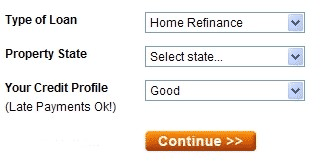Origination Fee – Glossary Term
Origination fees are on some mortgage companies Good Faith Estimates and not on others. How does that work? No one does a loan for free. Mortgage companies get their origination fee paid by you or by your rate.
Origination Fee Defined
An origination fee is paid to the company that originated your loan. Origination is the beginning of your loan. It is the act of qualifying you, finding the right loan product, and locking a rate.
A bank or a broker can charge an origination fee. The standard origination fee is 1%. If your loan amount is $300,000, a 1% origination fee would be $3,000 (1% X $300,000). An origination fee is part of your closing costs and is disclosed on the Good Faith Estimate and closing statement. It is paid directly to the bank or broker at closing.
The origination fee is where the bank or broker makes a good chunk of their money so what if you do not see an origination fee on the Good Faith Estimate or closing statement?
They increase your rate and that is another way the mortgage company makes money. Many companies think if you see a huge amount of money for an origination fee on your closing costs, you will move on to another company who won’t charge that fee. I guess a higher rate is easier to overcome than a huge origination fee on the Good Faith Estimate in their minds.
If they say they will do your loan without an origination fee or you do not see one on the GFE, they are charging you a higher rate to make their money that way. It’s just that simple.
Origination Fee Tax Deductible?
An origination fee is not the same as a discount point. A discount point goes to the lender to lower your interest rate and that is tax deductible. The origination fee is not.
Nobody does a mortgage for free. Increasing your rate creates money which can be used to pay any closing cost not just the origination fee.
Previous Post:« Negative Amortization – Glossary Term
Next Post:» Prepayment Penalty – Glossary Term
Tags: Discount Point • Origination Fee • Tax Deductible


Leave a Reply